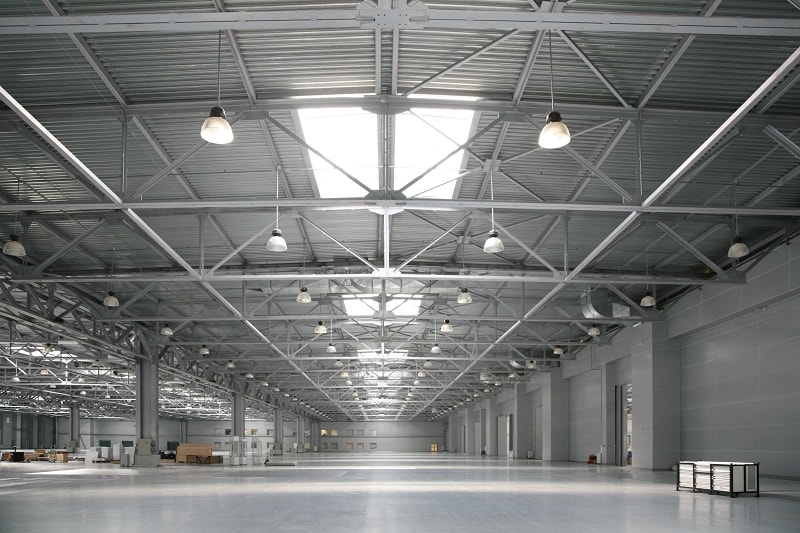

After four weeks, 92 percent of those working with blue light at work said they preferred it over the previous lighting.Īnother factor which might help improve work lighting is reported in Sleep Journal, which initiated a study comparing effects on workers in windowless offices with those working in offices with windows. While the trial’s not scientifically validated, it’s important to note that workers in the trial reported that their visual acuity was better with blue light. These workers reported improved sleep patterns. The trial found that, when workers left for home, they were significantly more alert. The University of Surrey’s sleep research center conducted a trial suggesting that certain wavelengths of blue light suppress melatonin, the brain chemical which induces sleep. Also, check government energy or lighting codes, which may necessitate daylight controls and occupancy or vacancy sensors.Įmphasizing cooler, daylight temperatures, which include bluish hues, can improve workplace performance, according to lighting designers. So, as a starting point, consider the light fixture and output needs of a workspace, i.e., consider quantitative needs and also consider a space’s overall look and feel, i.e., consider qualitative needs.įactors to consider include the worker’s age, background, abilities, work functions and physical, intellectual and psychological needs. A quantitative step toward ideal work lighting could be task lighting.

Qualitative pertains to infusing a pleasant ambience into the work environment while quantitative centers upon providing adequate light for work functions.įor example, a qualitative lighting practice could be balancing light with shadows, which can add a sense of depth to a space, fostering a relaxed, inviting impression of spaciousness. Two key lighting design principles provide the framework for the best design plan the qualitative, or aesthetic, and the quantitative, or engineering, aspects of light. But ideal work lighting, which means ensuring that a workspace is conducive to work, begins with proper design. Optimal lighting for work varies according to the worker and the nature of the work.


 0 kommentar(er)
0 kommentar(er)
